Missouri’s role in the Civil War is well documented. Given its central location and geographic features, notably the Mississippi River, the state was crucial to the fortunes of both sides of the conflict. More than 100,000 Missourians fought in the war, the large majority for the Union, despite the fact that Missouri was a slave state. While the most intense battles were fought closer to the border with Kansas, the St. Louis area and other parts of Southeastern Missouri also saw their fair share of bloodshed. Create your own self-guided tour with this collection of Civil War sites in Southeastern Missouri.
JEFFERSON BARRACKS PARK
345 North Rd. W, St. Louis, MO
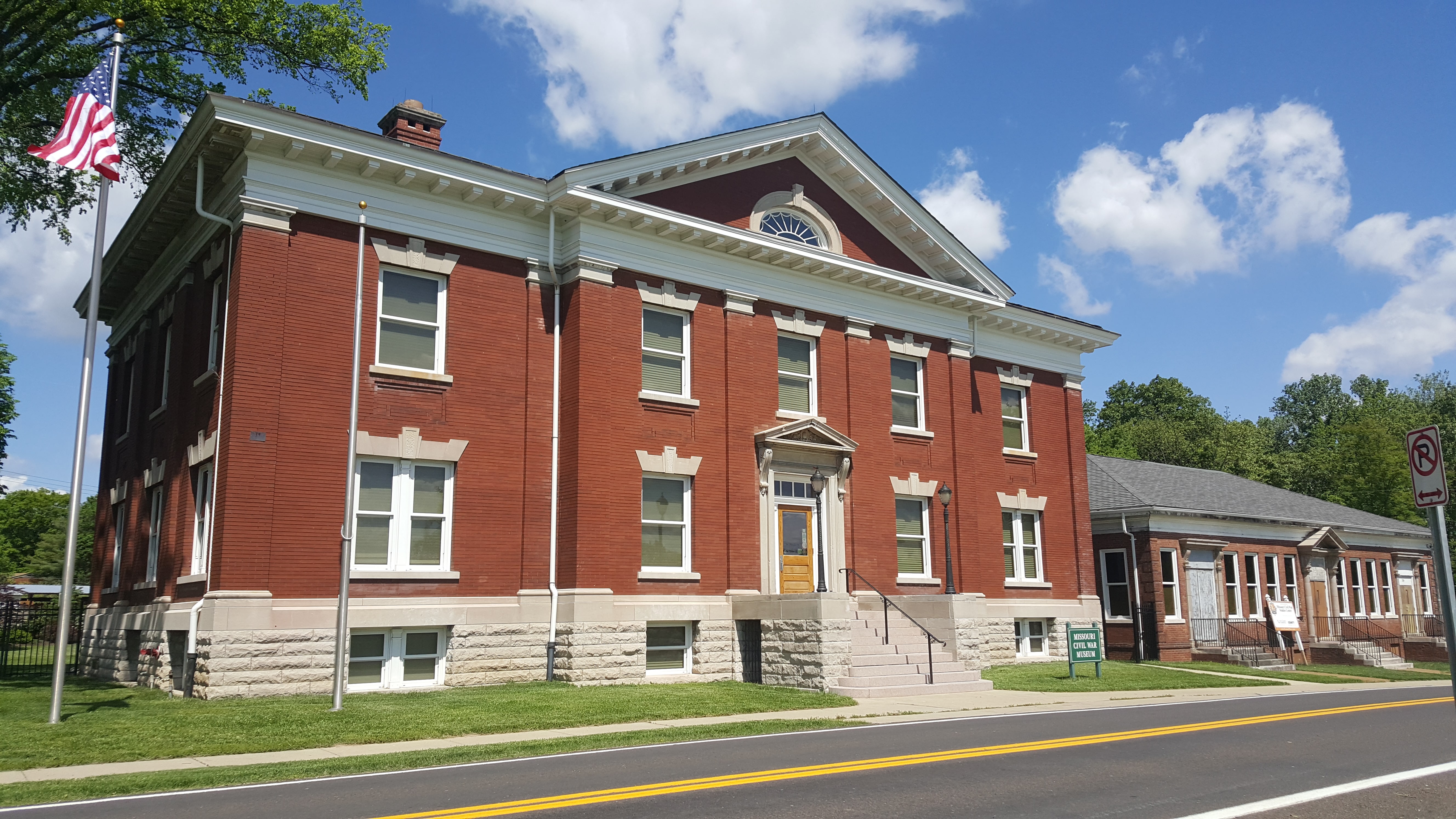
Established in 1826, Jefferson Barracks was a U.S. Army post that housed the nation’s first “Infantry School of Practice.” Named in honor of Thomas Jefferson, the 426-acre site was a crucial staging area as the country explored expansion into the West. Today it stands as the nation’s oldest operating U.S. military installation west of the Mississippi River and serves as a base for the Army and Air National Guard. Among the attractions you’ll find is the Missouri Civil War Museum. With a full display of artifacts and memorabilia—including weapons, equipment, and uniforms—it stands as the state’s premier home to Civil War history.
BATTLE OF PILOT KNOB STATE HISTORIC SITE
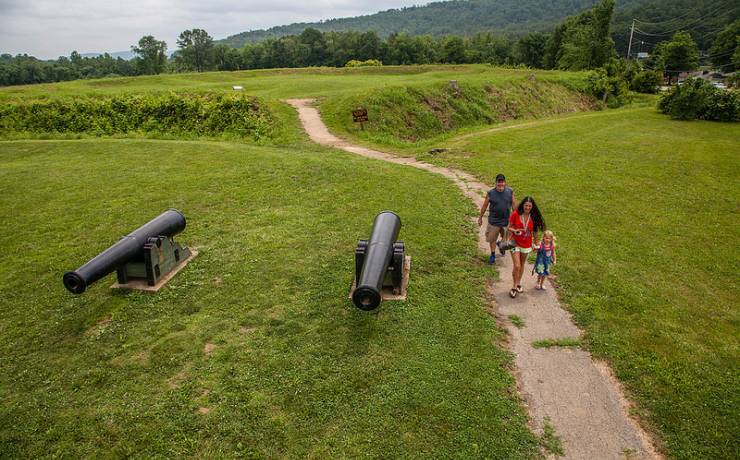
The Battle of Pilot Knob underscored the often chaotic conditions that spelled the difference between success and failure during the Civil War. In September 1864, Maj. Gen. Sterling Price led of a cavalry of somewhere between 8,000 to12,000 men from Arkansas into Missouri. They made a beeline for Fort Davidson, which housed 1,500 Union soldiers under the command of Brig. Gen. Thomas Ewing, Jr. Price’s first attack was met with tremendous resistance, costing him more than 1,000 casualties. As Price planned a second assault, Ewing and almost all of his men evacuated under the cover of night. Those who stayed behind ignited a massive explosion that left Fort Davidson severely damaged. When Price finally took control of the fort, he found no Union troops and dwindling supplies. It would be the beginning of a string of painful defeats for him.
The visitor center at the Battle of Pilot Knob State Historic Site offers a treasure trove of information. Displays and exhibits include flag collections, artifacts, reproductions of rifles and ammunition, plus a 20-minute video about the affects of the Civil War on the Arcadia Valley.
ISLAND #10

For Union and Confederate commanders alike, New Madrid—and specifically Island #10— was seen as a critical stronghold because of its proximity to the Mississippi River. Early on in the Civil War, Confederate forces under the command of General P.G.T. Beauregard controlled the area. But in March 1862, Union Brig. Gen. John Pope began an assault to change that. Over the next month, Confederate troops weathered day after day of shelling from Union Ironclads. Within weeks, Pope’s troops had moved to occupy New Madrid. Island #10 fell a short time later, as the Union scored a major victory on its way to total defeat of the Confederacy.
Housed in a former saloon at the foot of Main Street along the Mississippi River, the New Madrid Historical Museum is a great place to learn more about the region’s history. The Civil War Room includes letters, clothing, equipment and weaponry from the period.
CAPE GIRARDEAU COURT OF COMMON PLEAS
44 N. Lorimier St., Cape Girardeau, MO
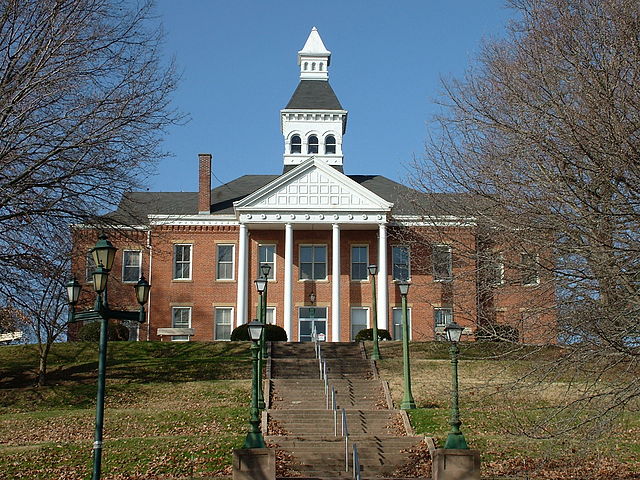
The Court of Common Pleas, built in 1854 in the vernacular style with strong federalist influences and details, served a multitude of purposes, including functioning as a major base of operations for the Union Army. The federal provost marshal’s office was established here in 1862, replacing the civil courts—meaning, the federal provost marshal held the sole authority to enforce federal law. As a direct result, a prison in back of the building imprisoned southern sympathizers and Confederate soldiers. To the west of the courthouse stands a statue of a Union soldier, and the grounds are named after James Ivers, a formerly enslaved man who volunteered for the Union Army. Still in use today, the building is slated to be repurposed in 2020 when court business ceases.
FRENCHMAN’S SPRING HISTORICAL MARKER
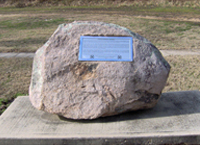
Soldiers on both sides of the Civil War gathered and camped at Frenchman’s Spring for refreshment and respite. Perhaps its greatest claim to fame took place in July 1861, when some 2,000 men from 15 Southwest Missouri counties convened here to create Missouri’s first Confederate state militia. Led by M. Jeff Thompson, nicknamed the “Swamp Fox,” his troops similarly were known as the “Swamp Rats,” for their ability to traverse the muddy, marshy terrain. They fought all over the region in the early years of the Civil War. You’ll find the historical marker on County Road 632 near Dexter.
BLOOMFIELD CIVIL WAR CEMETERY
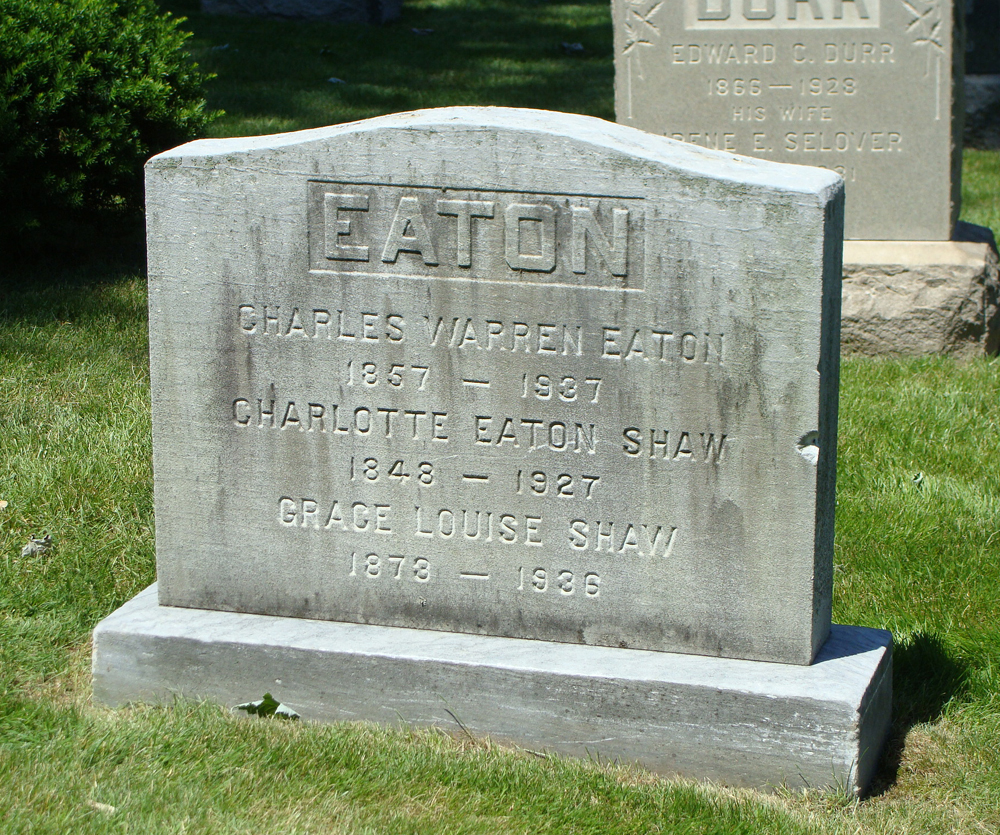
The Bloomfield Civil War Cemetery on County Road 517, near Bloomfield, Missouri, is the final resting place of 156 Confederate soldiers, with 118 of them from the local area. Another 23 buried there died in the Battle of Fredericktown. Each grave marker provides information on the circumstances of each man’s death. No other cemetery in the U.S. does this.
OLD ABE WAR EAGLE TRAIL AND MONUMENT
1 Court Square, Fredericktown, MO

For three years beginning in 1861, a bald eagle named “Old Abe” served as the mascot for the 8th Wisconsin Volunteer Infantry Regiment. This was not uncommon during the Civil War. Indeed, soldiers often brought their pets with them as they headed into the fray. Old Abe was a source of inspiration for the “Eagle Regiment,” following them into every battle they fought. Abe was relentlessly loyal to his troops, but was also known to take out his wrath on anyone who mishandled him. In September 1864, he retired from military service, and lived on as a celebrity of sorts. Old Abe died in a fire in 1881.
The Old Abe War Eagle Trail starts at the historic Madison County Courthouse in the heart of Fredericktown. From there, it winds through the 36 Civil War battle sites of the Eagle Regiment, covering four states in all. The monument honors the soldiers who died in combat along the trail.
You must be logged in to post a comment.